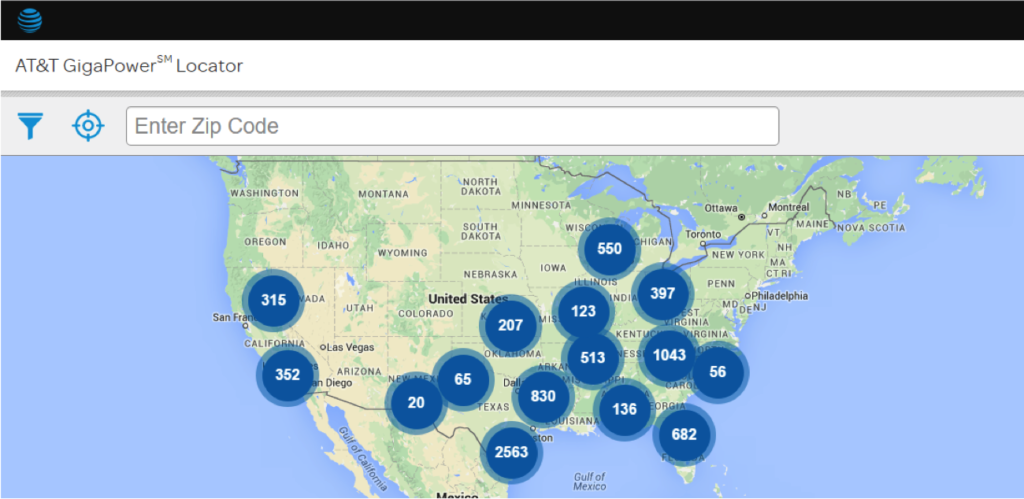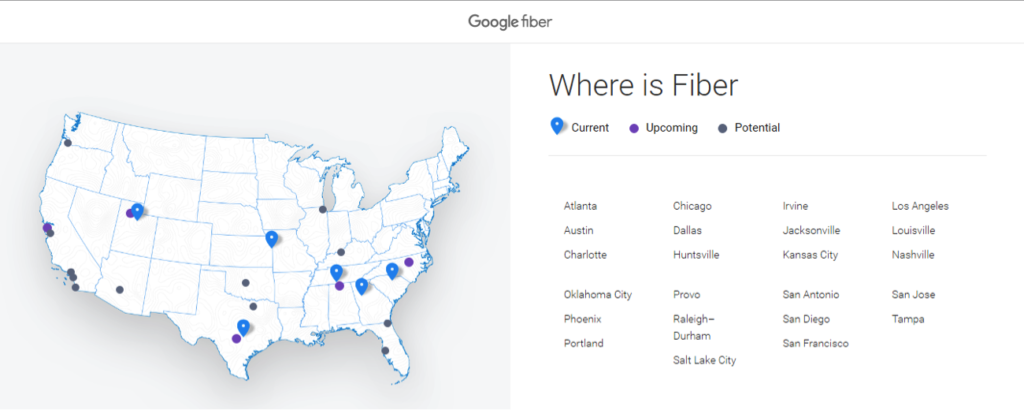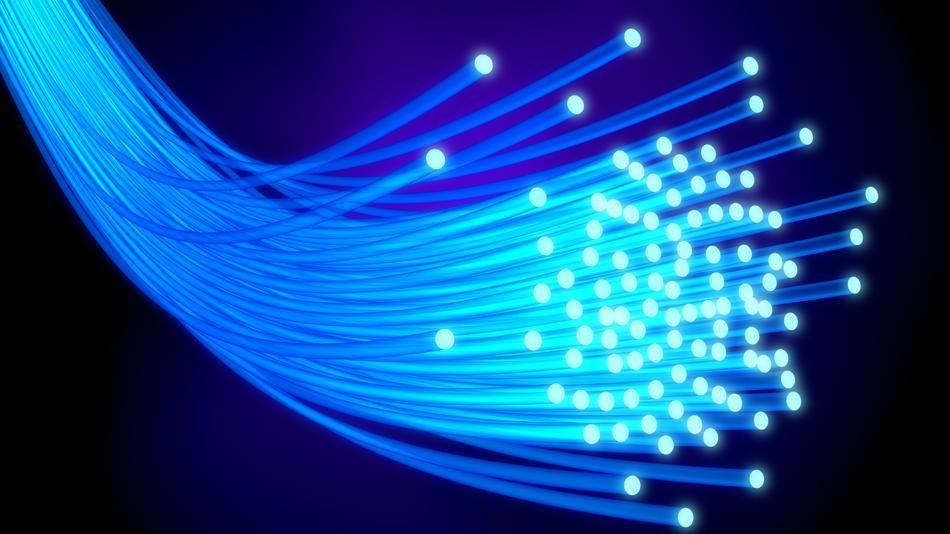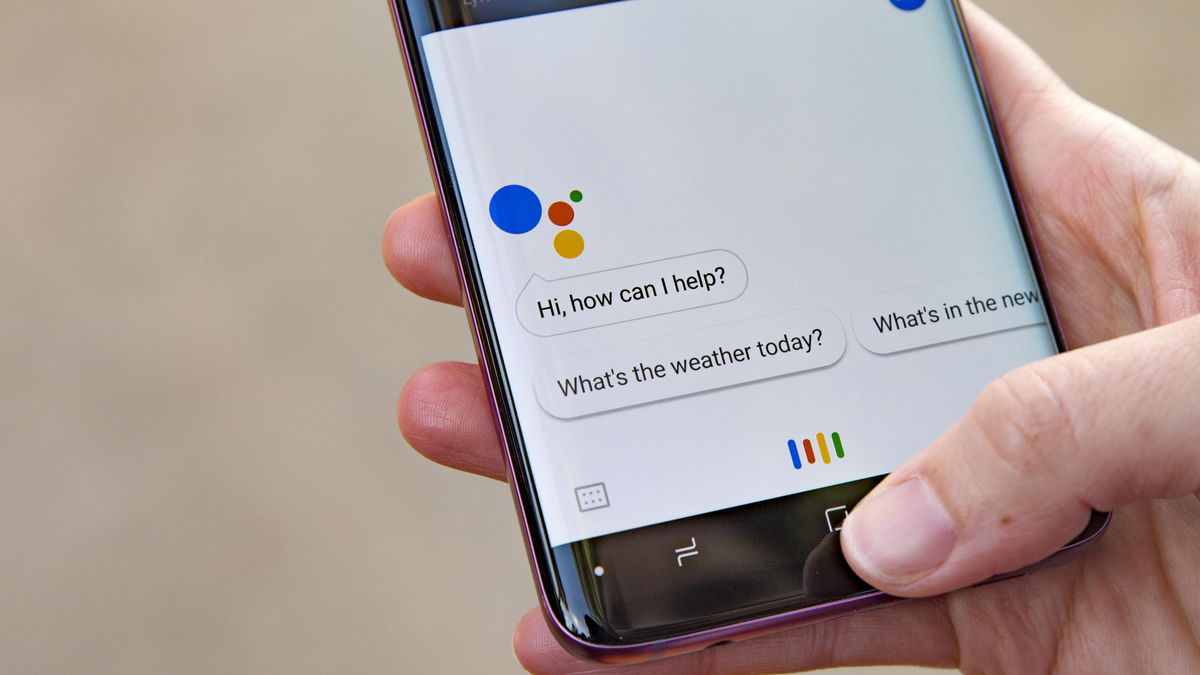Frustrated at internet speeds offered by established providers, Google lit a fire under them and entered the Internet connectivity business in 2011 with its first fiber connections in Palo Alto, California.
That’s a good story on its own, but what’s even better is that it spurred those “established” providers to do more. And out of that was born AT&T GigaPower.
Originally announced in 2013, GigaPower was a disappointment when it finally rolled out the following year. According to one report, rather than a massive deployment of cutting-edge technology, it was merely a series of deployments in “locations” that were already fiber-ready – and in many cases, the speed was capped to those achievable by DSL connections.
Another report claimed in 2015 that AT&T’s U-Verse with GigaPower actually fooled the press and public into thinking they had done massive upgrades when all they did was plug into high-end housing developments and small businesses where the technology was already pre-installed in many cases.
Irrespective of AT&T’s motives or methods, it’s undeniable that they’ve created what is so far the largest network of FTTP (fiber to the premise) connections in 1.6 million locations around America.
Their medium-term objective is to “reach more than 14 million residential and commercial locations with fiber.”
Here’s a map of where they’ve currently deployed the service, and a map of Google Fiber’s locations.

Source: AT&T

AT&T says that it has actively been communicating and working with residents and property owners to provide the GigaPower service to almost 20,000 apartment units across 80 complexes in the state of North Carolina.
Plans are afoot to further expand the service into 31 additional areas covering a total of 56 metros.
It’s clear that AT&T has an edge over Google, which seems to be moving very slowly in comparison. However, it’s safe to say that Google set the tone for AT&T to rapidly penetrate major metros across the country. That might be overstating things considering the fact that even 14 million “locations” (Like me, do you wonder why they don’t say “users” or “subscribers”?) doesn’t begin to cover the 286,942,362 Internet users in the United States. At 14 million, that would be a 0.5% penetration level.
I bring up these numbers to show the potential for gigabit-speed internet connections in the country, but my other objective is to point out the fact that even the combined efforts of AT&T and Google won’t be able to cover the entire United States over the next few years.
That leaves ample space for deep-pocket tech companies to enter and compete in this space, or introduce a breakthrough wireless technology to take things to the next level.
Another viable reason for other players to enter this domain is this: providing a high-speed internet connection is essentially the first step of relationship between a company and its users. It opens up and entry point for even more monetization – like Google Cast integration being offered on Google Fiber connections.
The possibilities are endless when you think about it. An Internet connection is the most basic communication tool in today’s world, and he who provides it opens a gateway to billions of dollars in consumer spending.
At the end of the day, who wouldn’t want an Internet connection that can download their favorite TV show in under 3 seconds?



